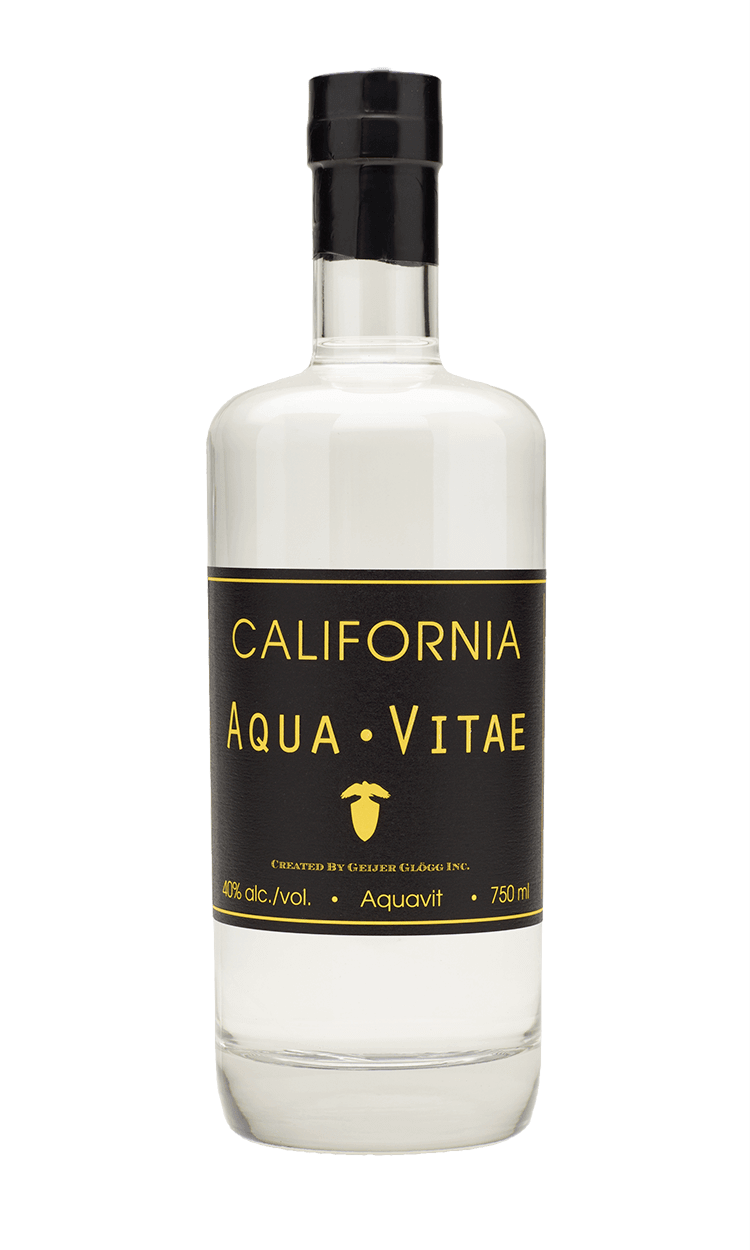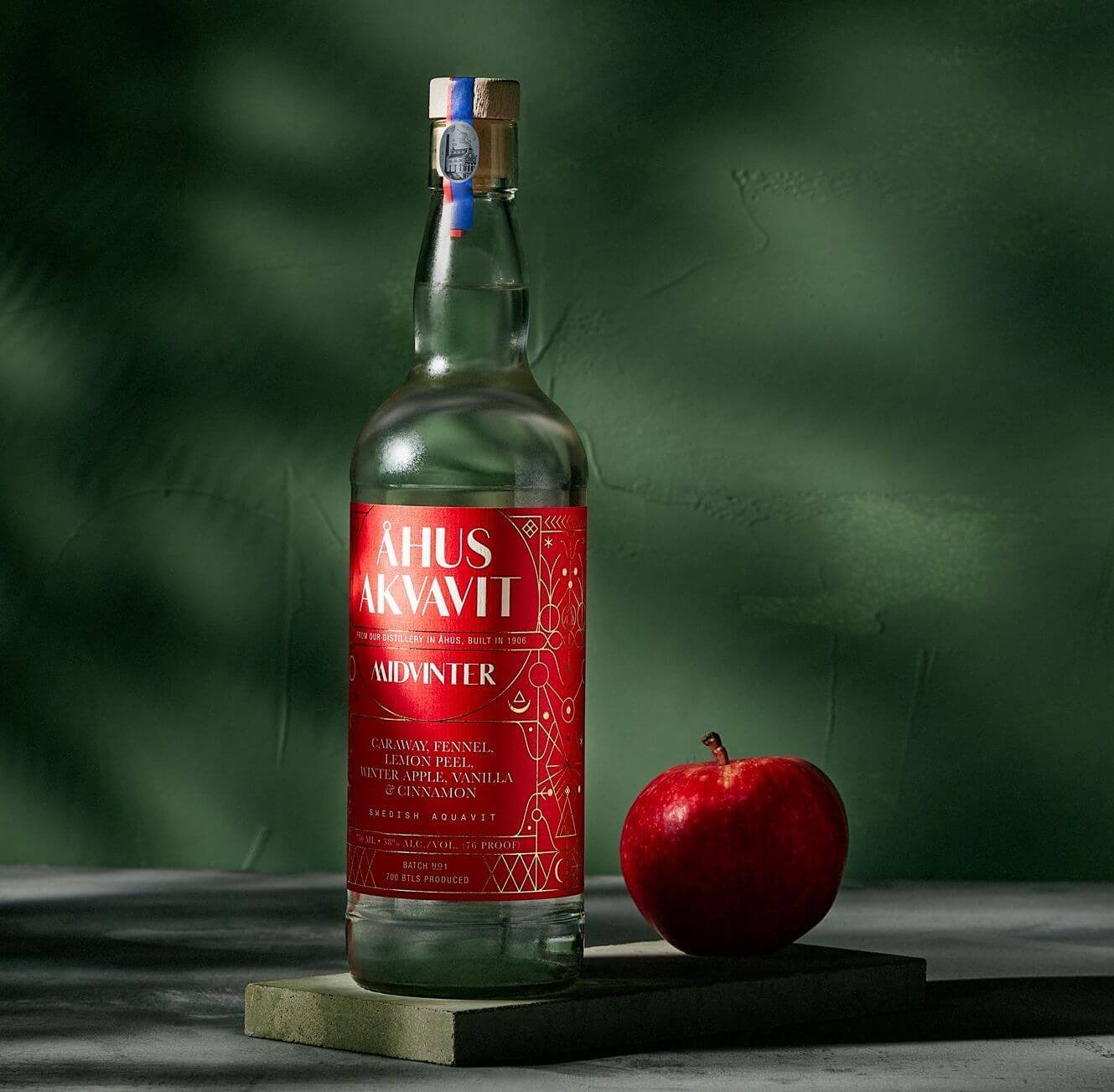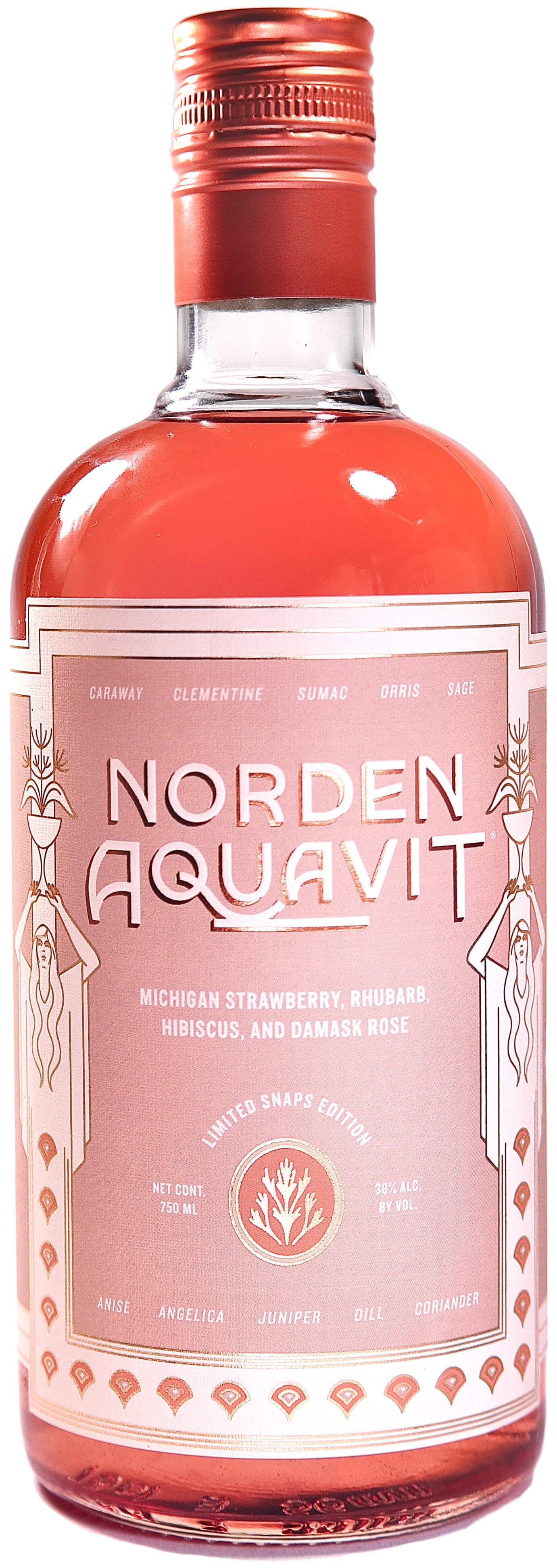3 Exciting Aquavit Trends You Need to Know Now
Aquavit (or akvavit), the flavored spirit from Scandinavia, has a history dating to the 1400s and a name deriving from aqua vitae, just like eau de vie and whiskey. It is produced like gin, in that a neutral spirit is infused with botanicals and often redistilled. But instead of gin’s juniper, the dominant botanicals in traditional aquavit are caraway and/or dill.
Like gin, the category is expanding beyond its traditional boundaries and flavor profiles, and some producers are expanding their portfolio of products to include limited-edition bottlings, seasonal and celebration releases, and barrel-aged varieties. Let’s look at what’s happening in the category.
Embracing and Expanding Regionality
Regional styles of aquavit have been established within Scandinavia, but now distillers in other parts of the world are recreating those styles and putting local spins on traditional formulations.
Norway’s famous Linie aquavit since 1805 has been sent on ships that cross the equator twice, aging in sherry barrels along the way. So, one characteristic associated with Norwegian aquavit is aging, or longer aging than that of aquavit from other countries. Additionally, aquavit in Norway is often made from a base of potato spirit as opposed to grain spirit.
The aquavits of Sweden and Denmark, in contrast, are typically made from a base of grain spirits. The products from Sweden more often highlight anise notes including those from fennel along with caraway, while those from Denmark are cited as being more dill-forward, along with coriander and caraway. Danish and Swedish aquavits are more often unaged or only lightly aged. Sweden’s top-selling brand O.P. Anderson, with its recipe dating to 1891, is lightly aged for a minimum of six months.
Like gin, aquavit can be distilled anywhere and increasingly it is being distilled all over the United States as part of the small batch distilling boom. Many brands are designed in tribute to their founders’ Scandinavian roots. Geijer Spirits’ first product was a glogg based on their Swedish grandmother’s recipe, and similarly they’ve now released a California Aqua Vitae they call a “California fusion spirit” with caraway, fennel, and dill in addition to orange peel, ginger, and sage.
Like “new western” gins that were designed to minimize the impact of juniper in favor of other botanicals, Batch 22 is marketed as a “new American” aquavit with a reduced presence of the anise and fennel notes in favor of citrus and other herbs.
Closer to home in the United Kingdom, three brands have come together to promote their regional aquavit expressions. Scotland’s Orkney Gin Company, Psychopomp Microdistillery in Bristol, England, and nearby Silver Circle Distillery of Monmouthshire, Wales, have joined forces in an awareness campaign and video to increase the aquavit’s popularity in the UK. They each put their own spin on the spirit, with botanicals among the brands including rose hips, raspberries, and cinnamon.
Back on this side of the pond, Svöl aquavit is made in Brooklyn but mimics old-world flavor profiles. It is produced at Allen Katz’s NY Distilling Co, home of Dorothy Parker Gin and Ragtime Rye (Editor’s note: read more about Ragtime Rye). The brand Svöl is owned by Drifter Spirits, whose CEO & Co-Founder is Peter Nevenglosky. Currently, Svöl has two aquavits on the market, a Danish-Style and a Swedish-style. These are both grain-based, with the Danish style leaning more on the caraway and the Swedish more on dill and fennel.
Barrel Aging Aquavit
Nevenglosky says that a Norwegian-style aquavit will debut later. It will have a base of potato spirit and be aged. In addition to that, he says, “We are actually planning to release two single barrels aged in Allen's ex-rye whiskey casks at cask strength. We did one barrel of Danish-style and one of Swedish-style, both as a fun limited-run idea as well as to test the impact of rye barrel aging.”
Experimental aging seems to be another common theme in aquavit. Michigan-based Norden Aquavit launched with an unaged aquavit, but then added an American Oak Reserve to the line. Initially aged in a variety of ex-whiskey casks, it is now aged exclusively in ex-rye whiskey barrels for up to 2 years. Norden Spirits president and distiller Robyn Cleveland says, “Coupled with the fact that we enter at 110 proof and bottle at 107, you get a totally unique aged aquavit that highlights the spearmint notes of caraway and pulls that hint of sweet dill from the otherwise spicy rye left in the barrel.”
Bluewater Organic Distilling has crafted both barrel-aged and ocean-aged aquavit. For Wintermoon Barrel-Aged, their Wintersun aquavit was aged for a year in an ex-bourbon barrel. This limited-edition product followed their introduction of Wizard Barrel-Aged Aquavit, “which rode the storm-battered waves of the Bering Sea aboard the king crab boat, Wizard, of Deadliest Catch fame.”
Devil’s Head Distillery in Colorado offers both an unaged aquavit with a base of their homemade barley spirit, and an Oak Barrel Reserve that is aged for a year and a half in new charred oak barrels. The Duluth, Minnesota-based Vikre Distillery offers a twist on a Norwegian-style aquavit, but with a corn spirit base. Their Voyageur Aquavit is aged for over a year in used cognac barrels.
Seasonal Editions
Traditional brands including Norwegian Linie and Icelandic Brennivin produce special edition aquavits for the winter holidays. Now some other brands are embracing seasonality – or at least limited availability.
“While it’s typical for aquavit distillers to make a Christmas edition, Åhus Akvavit is a global spirit, so we chose instead to focus on capturing the botanicals and flavors associated with the season, a little Swedish winter magic, in hopes of creating new memories and traditions no matter where you’re drinking it.” says Master Distiller Anna Randrup in the press release for Åhus Akvavit Midvinter. The product contains the traditional fennel and caraway of Swedish vodka, plus winter apple, fresh lemon peel, vanilla, and cinnamon. Each botanical is macerated and distilled separately, then blended.
Malina Bickford, National Brand Director for Åhus Akvavit, says they’ve released small batches of Midvinter three years in a row. “This has been more like one big release, staggered over three years,” Bickford says. “We also plan to release more limited seasonal drops in the future and have an ongoing project we call our Distillate Library where we are working with local foragers in Sweden to capture and distill different botanicals experimentally and for potential future blends.”
Another limited-release that ended up being not-so-limited comes from Tattersall Distilling. Their Toasted Coconut Aquavit is based on their Danish-style aquavit infused with toasted coconut. The product was formerly made in small batches and served in the distillery’s tasting room and became popular in a drink with pineapple and lime juices.
Dan Oskey, founder and chief operator of Tattersall Distilling says in the product’s press release, “This drink works so well because caraway, the primary botanical in our aquavit, blends beautifully with tropical flavors, which is not obvious since you don't see the combination very often. Over the years, we’ve received numerous requests to create the product officially, and we’re thrilled it’s finally here.”
In addition to their barrel-aged variant, Norden has released annual “Limited Snaps Edition” Pink Aquavit beginning in 2020. Their traditional unaged aquavit was additionally infused with fresh strawberries and rhubarb from Michigan farms for 45 days, then finished with hibiscus flowers and vapor-distillated of Damask rose petals. It is meant to capture “the essence of Michigan Summer at its peak and preserves the feeling as we roll into fall,” according to distiller Robyn Cleveland.
A forthcoming new permanent addition to the Norden line will be Heirloom Garden Dill, which isn’t specifically a limited edition but will be limited by local growing seasons. Cleveland says it is, “centered around a mammoth dill variety from Denmark which we have been growing locally for over 2 years. The fresh stalks are vapor distilled and then blended with 8 supporting botanicals which were selected to thrive in our verdant Michigan landscape.”
The Future of Aquavit
Aquavit is produced much like gin, and these new regional, seasonal, and barrel-aged forms of it could be said to follow trends in gin releases. If aquavit producers continue to take inspiration from the category, perhaps we’ll start seeing navy strength, Japanese, purple variants hitting the market down the road.







